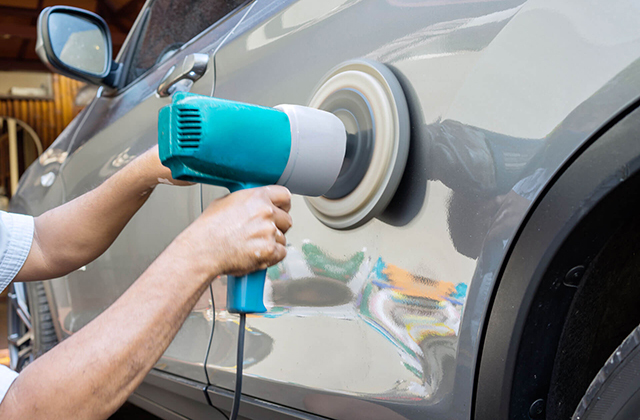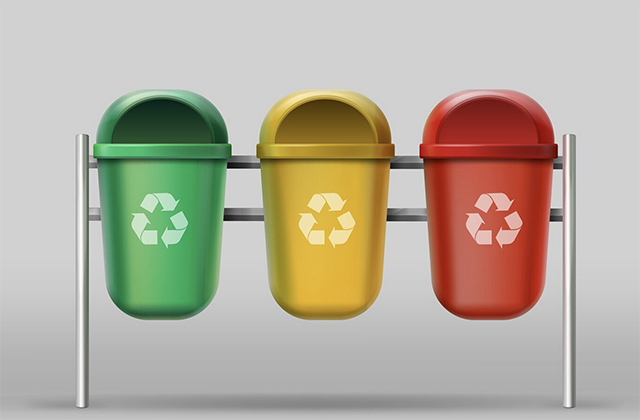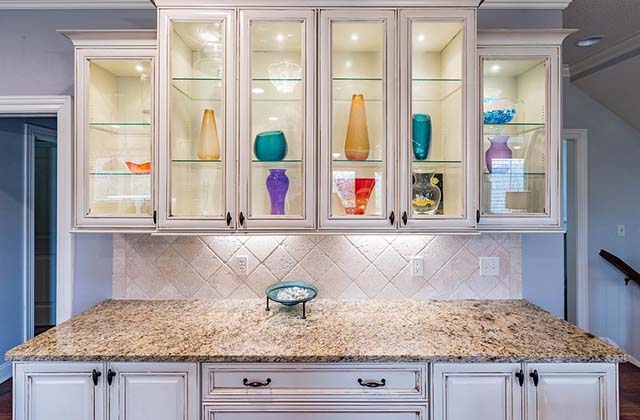As of my training data, information on the best orbital polishers of 2023 is not yet available. It would be best to check with relevant automotive websites and forums for updates and latest product releases in the market. Some of the top orbital polishers in 2021 include the Porter Cable 7424XP, Griot’s Garage The Random Orbital, and Meguiar’s MT300 Pro Power DA Polisher.
Best Overall – Makita 9237CX3
Yes, the Makita 9237CX3 is a highly rated orbital polisher that has been praised for its versatility, power, and user-friendly design. It is considered by many as one of the best overall orbital polishers in the market and is a popular choice among both professionals and DIY enthusiasts.
Best Dual Action – DEWALT DWP849X
The DEWALT DWP849X is indeed a highly rated dual-action orbital polisher and is considered one of the best in its class. It is known for its powerful motor, comfortable ergonomic design, and smooth operation, making it a great choice for various polishing and detailing applications.
Best Cordless – Black+Decker WP900
The Black+Decker WP900 is a well-regarded cordless orbital polisher that offers convenience and mobility without sacrificing performance. Its cordless design allows for ease of use without the hassle of cords and outlets, making it a great choice for those who need to work in tight or hard-to-reach spaces. Many users praise its lightweight design, long battery life, and efficient performance.
Best Splurge – Flex XFE7-15 150
The Flex XFE7-15 150 is considered a top-of-the-line orbital polisher and is often considered a “splurge” option due to its premium features and high price point. It is known for its advanced technology, powerful performance, and efficient operation, making it a great choice for those who demand the best in terms of quality and results. The Flex XFE7-15 150 is a popular choice among professional detailers and car enthusiasts.
Best Budget – Meguiar’s MT300 Pro Power DA Polisher
The Meguiar’s MT300 Pro Power DA Polisher is considered a great budget option for those looking for a high-quality orbital polisher without breaking the bank. It offers a powerful motor, smooth operation, and user-friendly design, making it a great choice for both beginners and experienced users. Many users appreciate its affordability and performance, making it a popular choice among those looking for a budget-friendly option.
Takeaway
In conclusion, there are several excellent orbital polishers available in the market, each with their own unique features and benefits. Whether you are looking for a cordless option for convenience, a budget-friendly option for affordability, or a high-end option for top-quality performance, there is an orbital polisher that can meet your needs.
The Makita 9237CX3 is considered the best overall, offering versatility, power, and user-friendly design. The DEWALT DWP849X is the best dual-action option, known for its power, comfort, and smooth operation. The Black+Decker WP900 is the best cordless option, offering mobility and ease of use. The Flex XFE7-15 150 is the best splurge option, with advanced technology, powerful performance, and efficient operation. Finally, the Meguiar’s MT300 Pro Power DA Polisher is the best budget option, with a great combination of affordability and performance. In our Waxit store here is one of the featured polisher the “Rupes Bigfoot LHR21 MK III Orbital Polisher”.


